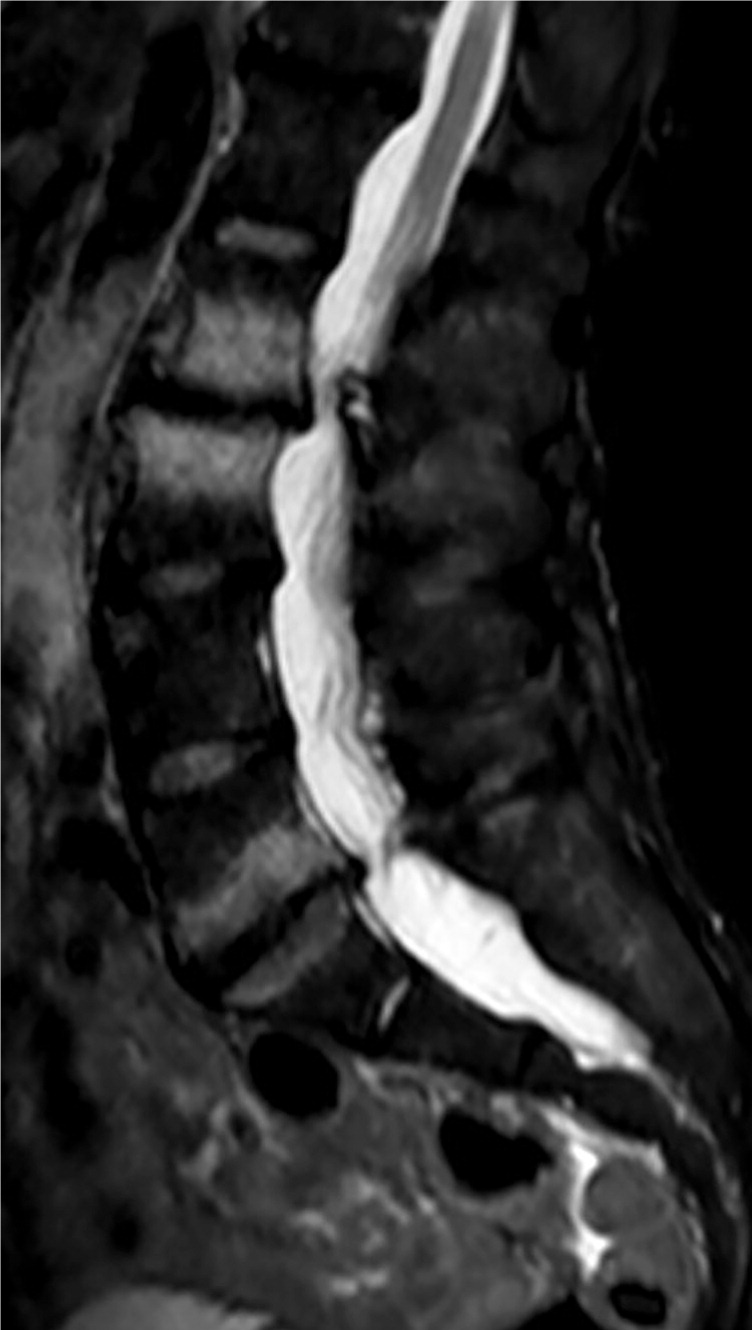
This is a corrected version of the letter that appeared in print.
Am Fam Physician. 2015;91(6):348-352
Original article: Autosomal Dominant Polycystic Kidney Disease
Issue date: September 1, 2014
Available at: https://www.aafp.org/afp/2014/0901/p303.html
to the editor: We read this article with interest, and we would like to comment on the issue of pain management in patients with autosomal dominant polycystic kidney disease (ADPKD). We agree that pain management in ADPKD should include evaluation for concomitant illness. Two patients in our practice with ADPKD who presented with severe chronic low back and abdominal pain illustrate the importance of searching for extrarenal causes.
The first patient, a 55-year-old woman with stage 3 chronic kidney disease secondary to ADPKD, required opioid analgesics because of severe chronic back and abdominal pain, which were initially attributed to polycystic kidneys and liver. She was later diagnosed with spondyloarthrosis and osteoporosis with a compression fracture of the sixth thoracic vertebra.
The second patient, a 51-year-old man with ADPKD and stage 2 chronic kidney disease, had severe chronic back pain thought to be caused by enlarged kidneys. Magnetic resonance imaging demonstrated scoliosis and advanced spondyloarthrosis (Figure 1).

In ADPKD, enlargement of renal and liver cysts causes increased abdominal girth, leading to increased lumbar lordosis, which predisposes patients to degenerative changes of the spine. Additionally, asymmetry in renal cyst enlargement leads to chronic postural alteration and lumbosacral disk disease.1
To conclude, disorders of the spine should always be included in the differential diagnosis of patients with ADPKD and back pain.
in reply: We thank Dr. Niemczyk and colleagues for the additional insight into the evaluation and management of pain in patients with ADPKD and illustrating that the underlying etiology responsible for pain can be multifactorial. Clinicians should also be aware that a debilitating cycle may ensue when chronic pain contributes to or worsens depression and anxiety, negatively affects key factors such as interpersonal relationships and important activities, and worsens the patient's overall disability.1
Dr. Niemczyk's case presentations are a reminder of how the advancing disease process for ADPKD can indirectly contribute to pain via acceleration of other disease processes, including postural variation and spinal degeneration, and worsening chronic kidney disease leading to renal osteodystrophy. More specifically, for those who have adverse habits related to poor postural tone, the Alexander technique offers a nonpharmacologic approach to diminishing self-propagating and damaging habits, thereby improving coordination, as well as pain management and perception.2
